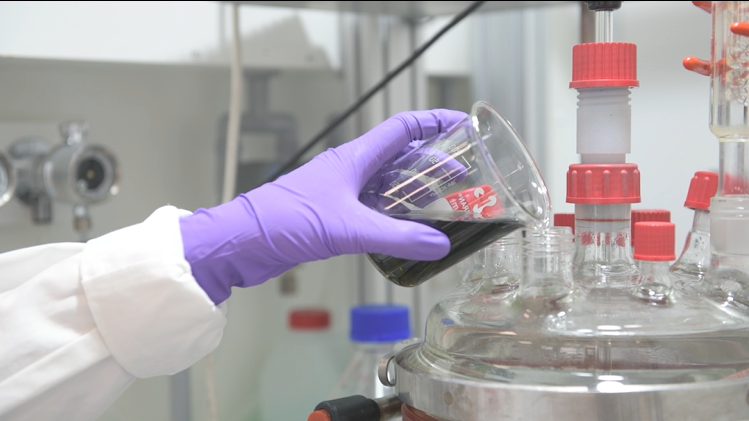Press release — 06 Dec 2021
The ASTRABAT project has published its first reports defining the external geometry of the cell that will be developed during the project, the test specification protocols and the analysis of battery requirements for vehicle applications.
The ASTRABAT project has now completed specifications for the materials and cell architectures that will be developed later in the project for electric vehicles. Furthermore, it has set out replicable test protocols for characterising materials and qualifying performance of the all-solid-state cells with emphasis on safety.
Project partner and energy storage experts Leclanché have led the work to choose the cell geometry for the ASTRABAT prototype (50 Ah), which is an A4-sized pouch cell based on the standard Leclanché geometry. This geometry can draw on the bipolar cell concept and it is easy to scale down for prototypes with lower capacity and energy density (10 Ah). Report D2.3, External Geometry of the Cells, provides details.
The protocols for materials characterisation and electrochemical test validation (comprising safety tests) have been developed under the leadership of project partner LEITAT. Report D2.4, Test specifications, covers these specifications.
Lastly, project partner Stellantis has analysed the battery requirements for battery electric vehicle applications (continuous C-rate, power, voltage level, peak C-rate, specific energy, etc.). They have also identified preferred performances for different vehicle types. This information will be fed into the cost assessment and life-cycle analysis in report D2.5, Analysis of battery requirement for vehicle applications.
Download the full reports below or visit the “results” section of ASTRABAT’s website.
- D2.3 – External Geometry of the Cells
- D2.4 – Test specifications
- D2.5 – Analysis of battery requirement for vehicle applications
Image by Scott Webb on Pexels



